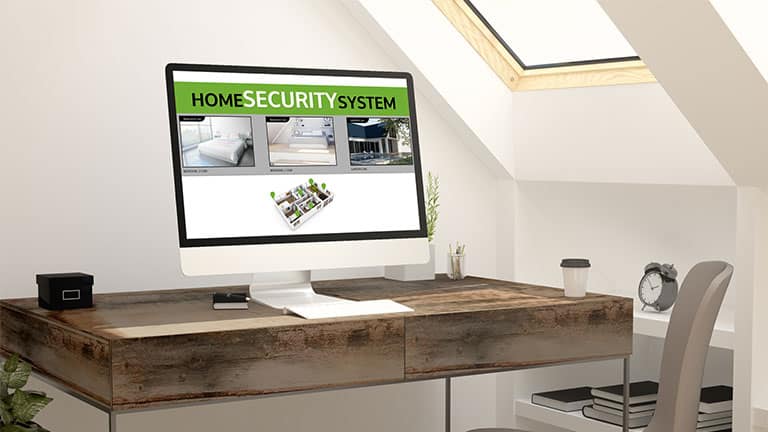Modern technology has grown to the point that it has steeped through every aspect of our lives. One such fairly recent development is that it is altering the way we previously thought of home security. Even if your locality has a low overall crime rate, it is impossible to completely exclude the potential of a robbery, home invasion, gas leak, fire, etc.
Your assets are in danger of being robbed or damaged if no one is home. Locking up your possessions won’t always give you a sense of protection; it’s never been a failsafe security solution.
A smart home alarm system is no longer a novelty that only the wealthy can afford; it is now necessary for monitoring your yard, entry and exit points, storage, and bedrooms. To help you make a knowledgeable decision about the many alarm systems on the market, here is a list of different types available on the market.
Wireless Home Alarm Systems
Wireless security systems work as follows:
- Detection – The first stage of the process entails the identification of any alterations in the overall security of your house, such as when an unauthorized person opens the door.
- Notification – This step warns residents of a potential break-in using alarms, blinking lights, and other methods.
- Monitoring is the most important phase that necessitates the connection of your alarm to a monitoring service provider. The system sounds the alert and informs the service provider about a crisis. The monitoring service provider immediately dispatches the help.
Wired Home Alarm Systems
Wired home surveillance system elements are linked to an alarm console via low-voltage wiring. Your home’s entryways are connected to the main system console, motion sensors, and other security mechanisms.
Because the main system console is aware of each device’s real-time state, these wired surveillance systems offer a more reliable connection than wireless ones. Learn more about what threats can a residential security alarm can prevent here in our blog post.
Monitored Alarm Systems
One of the most widely utilized home alarm systems is a monitored system. When it detects a burglary, fire, or other crisis, it notifies security personnel, call center, or rescue personnel. Monitored alarm systems can be further divided into two categories:
- Self-Monitored – You can keep an eye on and manage these systems. Nowadays, almost all self-monitoring alarms feature mobile apps that enable you to watch over your house using a smartphone remotely. When you receive an intruder alert, and you are away from home, you get a choice of phoning 911 or requesting a neighbor to look for indications of a break-in.
- Company Monitored – Security systems that a security service company monitors. Monitored alarm systems are designed to alert their contact centers anytime a home invader accesses your property when the alarm system is in an active state. You should also get a confirmation call to ensure the alarm wasn’t accidentally set off. The monitoring service provider will send security personnel to inspect if you don’t answer the call.
Unmonitored Alarm Systems
When it senses an intrusion, an unmonitored alarm system sounds a loud siren. Because it is non-automated, getting in touch with security personnel during a crisis or duress can be complicated. Moreover, these systems tend to be less reliable and secure than monitored systems.
Given the importance of security, you ought to think about installing a home alarm system. Depending on your needs, you could choose one of the aforementioned options.


